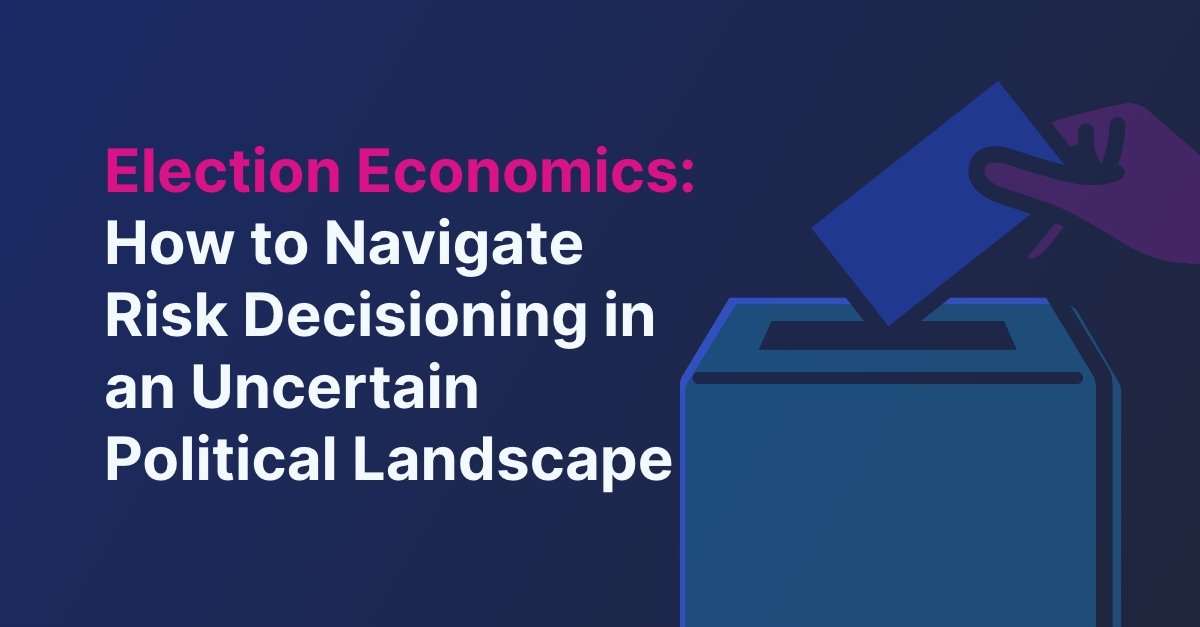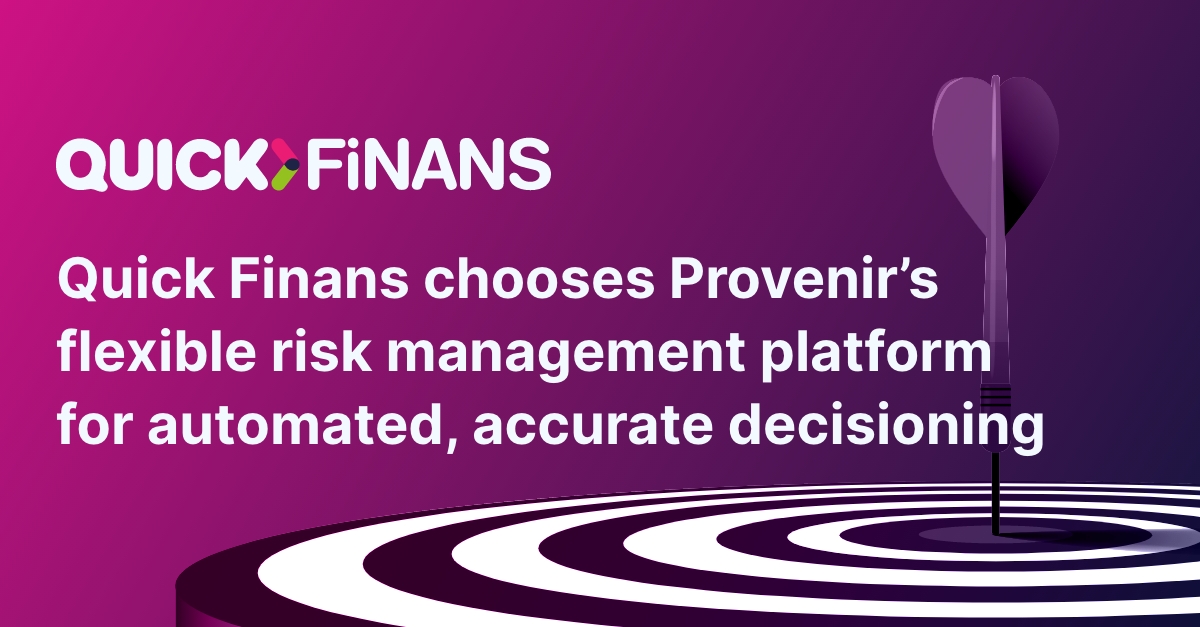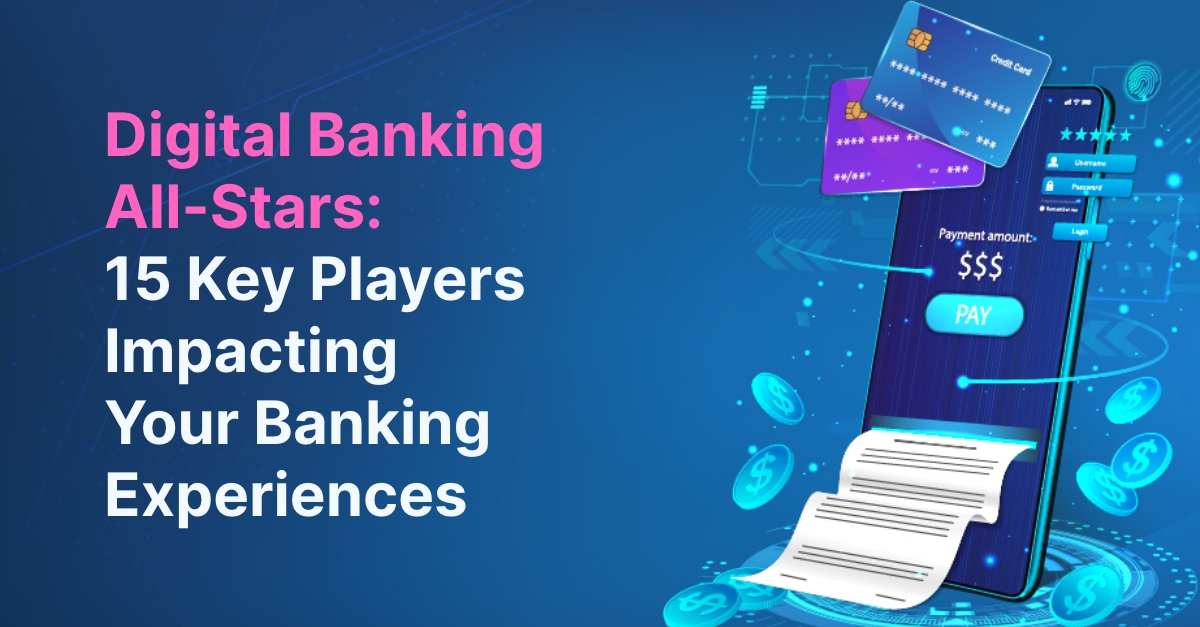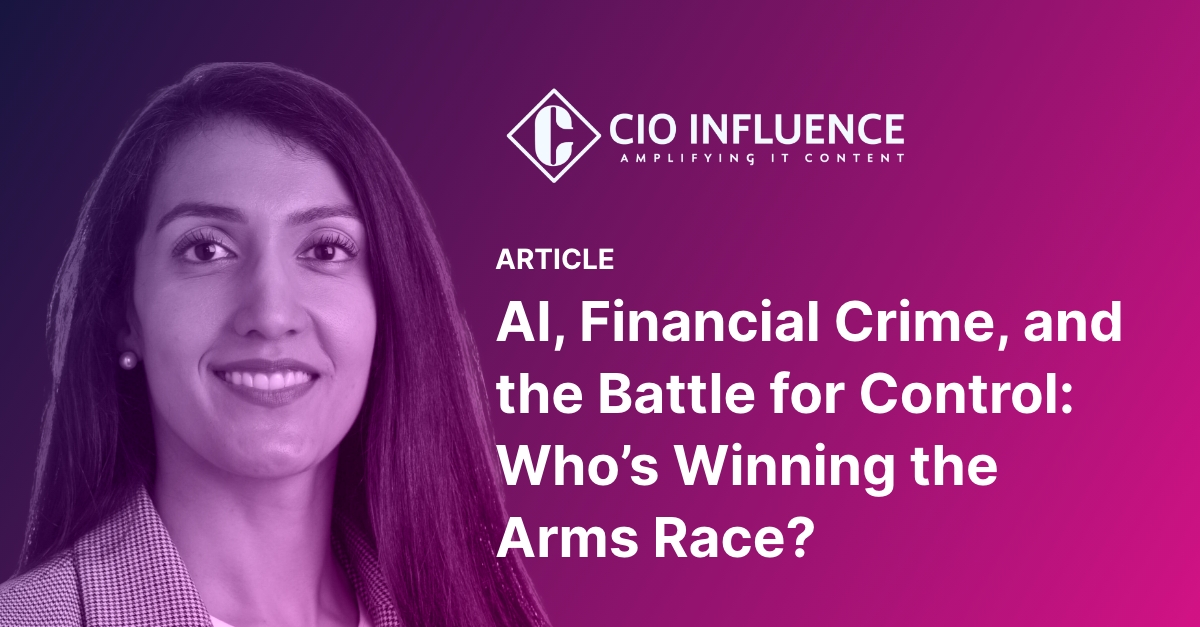The Promise of AI:
Level Up Decisioning Across The Entire Customer Lifecycle
-
Brendan Deakin, SVP Sales, North America
-
If there are kids in your life (or even some adults – we don’t judge), you may have heard of Minecraft. You start with nothing – gathering some basic raw materials and finding food and shelter – but in order to really get ahead in your worlds you need to level up your game. You have to figure out which elements to put together to create the things you need to not only survive but thrive.
Today’s risk decisioning is also about evolving beyond the basics. When you start out making credit risk decisions you may just have the essentials – some data, some workflow tools, some basic automation. But to really level-up your decisioning you need more. More data, more automation, more sophisticated processes, more forward-looking predictions. And to do that, you need AI.
We’ve all seen the end-of-year roundups, predictions for 2022 and ongoing fintech trend reports. (Sidenote: we’ve even conducted our own proprietary survey of 400 leaders in financial services and banking – want to see what’s in and what’s out? Check out our recent discussion with Forrester). And they all agree – artificial intelligence and machine learning are here to stay. 64% of those we surveyed said AI is currently an important feature of their risk decisioning or consider it one of the most important features when selecting a system, and 86% of financial services executives plan to increase their investment in AI.
Much of the discussion around AI centers around cost and time – as in, it takes a long time to develop and implement AI, and it can be prohibitively expensive. And if you do manage to implement a successful AI project, it can take months (or longer) to see any tangible ROI results. “56% of global CEOs expect it to take 3-5 years to see any real ROI on their AI investment.” Who has time for that??
But there’s more to it. AI-powered risk decisioning is about more than just more accurate decisions and better predictability. What’s talked about less is how it impacts the entire credit risk lifecycle.
Currently, only a small amount of AI projects are perceived as a success. Those that are successful create tangible benefits across the credit risk lifecycle that drive growth, increase agility, and make your business more competitive. For example, Provenir customer Pinjam Modal, saw a huge performance lift in their decisioning accuracy, with bad rate reduced by 60%. AI, implemented and used correctly, has the ability to power performance improvements in multiple ways.
Expand Your Customer Base
AI empowers you to confidently say yes to customers you haven’t been able to approve before, driving business growth without sacrificing performance. How? AI flips your traditional risk analytics on its head. Rather than starting with a set of clear rules and decisioning based on those rules, AI models don’t need rules. Instead, they can identify patterns within data and then decision using those patterns. So, instead of needing to know the story data tells before you start decisioning, AI identifies those stories for you!
What does this mean for your customer base and in turn your business? With AI you are no longer confined to pursuing customers with the attributes of your existing lending base. Instead, you can use AI models to discover new patterns in the data that empower you to lend to a much wider base of people. It’s a quick way to drive business growth without increasing costs or risks – like getting special powers in a video game that immediately boost you over the finish line.
Support Financial Inclusion
We can’t talk about the benefits of AI without mentioning financial inclusion. In the US alone, 24% of the population are underbanked with a further 10% completely unbanked. Approximately 3.6 billion people in Asia have no access to formal credit and there are about 200 million unbanked individuals in Latin America. Globally, up to one-third of all adults (1.7 billion at last count, according to the Global Findex database) lack any type of bank account, meaning that access to financial services is difficult for a significant number of consumers. Financial services organizations typically struggle to support these consumers because they don’t come with a history of data that is understandable by traditional decisioning methods. However, because AI can identify patterns in a wide variety of alternative, traditional, linear, and non-linear data, it can power highly accurate decisioning, even for no-file or thin-file consumers. It’s like finding a secret shortcut – the data was there, you just needed the right tools to uncover it. In a recent report, PWC reported that banks launching AI initiatives were able to increase their lending approvals by 15-30% with no change in loss rates. These figures include loans to previously overlooked borrowers. AI gives your organization the opportunity to support unbanked and underbanked consumers on their financial journeys.
Identify Fraud + Say Yes More
Did you know that identity fraud losses hit $56 billion in 2020? In today’s digital world, where all types of fraud attacks, not just identity fraud, are getting more sophisticated and widespread, how do you really know who’s legitimate and who’s not?
If you’re struggling to manage high fraud rates and false positives using rule-based detection, AI could have an immediate and significant impact on your fraud management performance. A key benefit of using AI for fraud detection is its ability to get smarter with each transaction it processes. So, even when fraudsters evolve their methods, your AI models can use real-time data to identify new patterns, learn, and adapt decisioning to maximize the right fraud alerts and minimize false positives. Financial institutions who had already adopted AI were surveyed in a recent PMYNTS study on the benefits of AI – 81% cited being alerted to fraud before it happens, 75% said the reduction of false positives and 56% said the reduction of payment fraud were key outcomes of their AI systems.
Be More Competitive With Optimized Pricing
Expand Your Relationship With Personalized Upsell and Cross-sell Offers
Predict and Prevent Losses Through Better Customer Management
Is your technology and analytics reacting to delinquent accounts, instead of predicting which customers will face financial challenges? Does it use a set of defined rules to predict delinquencies? Are predictions based on historical data? If so, you could be missing out on the opportunity to both better support your customers and reduce losses.
More traditional analytics approaches to predicting which accounts will go into collections rely heavily on historical data and predefined rules. But, in today’s digital, fast-moving world, the data you need to make accurate collections predictions is often produced in real-time. Put simply, traditional risk decisioning looks for delinquency patterns that we already know. AI on the other hand, ingests real-time data and uses that data to identify new patterns, enabling you to make more accurate delinquency predictions. This, in turn, empowers you to work with customers to help them manage their finances. It’s a win-win situation: you get to reduce the number of customers being pushed to collections and you get to build stronger relationships with your customers. Kind of like the advent of online gaming – working with a partner in real-time produces better results, and a higher win rate. As Forbes puts it, “Machine learning can also be used to determine the probability of delinquency for specific borrowers. This early warning system allows lenders to focus their energies on at-risk clients to prevent their accounts from becoming delinquent in the first place.”
Organize Your Resources
In any endeavor, it’s critical to be organized. Implementing an AI project is no different. It may seem daunting, but it’s clearly worth it. Particularly if you work with a technology partner to implement AI quickly and efficiently – and see the returns faster than you thought possible. Talk about a winning strategy.
Want to learn more about how to level up your decisioning across the entire credit risk lifecycle in less than 60 days?
Get the eBook
LATEST BLOGS


















